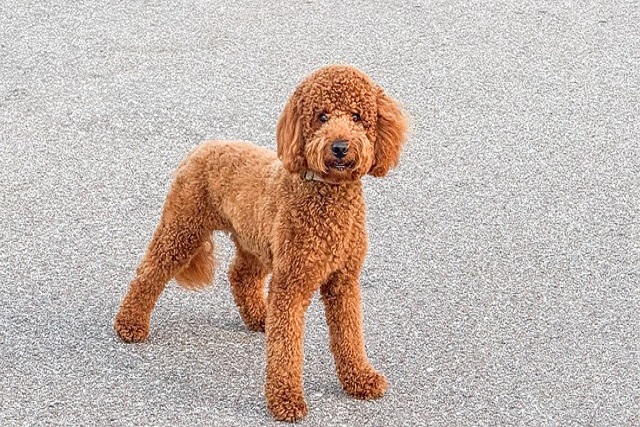
How do i train my dog to be obedient?
Watching your dog dart across the park ignoring your calls isn’t just frustrating—it can put them at risk near busy streets or public spaces.
We’ve all seen the online videos: a whimpering puppy finally settles down in their crate after a long struggle, and it’s easy to think that’s the goal. But how you get there matters immensely. Crate training, when done wrong, can create lasting anxiety and damage your bond with your dog. The single most important rule is to never use the crate as punishment. Slamming the door shut after your dog has chewed up a shoe teaches them that the crate is a negative space associated with your anger, transforming what should be a safe den into a prison. This is the fastest way to ensure they will never enter it willingly. Equally critical is avoiding excessively long confinement periods. A dog, especially a puppy, has physical limitations. Crating them for longer than they can realistically hold their bladder forces them to soil their sleeping area, which goes against their natural instincts and sets potty training back by weeks.
The right approach is a marathon of patience, not a sprint. Never force a fearful dog into the crate; this can trigger a panic response and even lead to injury. Instead, make the crate the most appealing place in the house. Toss high-value treats inside and let them choose to enter. Feed all their meals in there with the door open. The moment you lock the door, don’t just walk away. Start with mere seconds, sitting right next to the crate, and slowly build up the duration you are out of sight. If your dog begins to whine or bark, do not release them until they are quiet for a moment, otherwise, you reward and reinforce the vocalization. Remember, a crate is a management tool, not a solution for a lack of exercise or mental stimulation. A tired dog is a calm dog; always ensure they’ve had a good walk and play session before expecting them to settle in for a nap.

This philosophy of gentle, positive introduction aligns perfectly with the broader responsibilities of dog ownership. Using the crate humanely is a reflection of modern animal welfare standards, which firmly reject any form of punishment-based training. This ethical care extends to your community duties. A dog who is calmly crated is less likely to bark incessantly and disturb your neighbors, a crucial consideration for apartment living and maintaining good standing in your community. Furthermore, your responsibility doesn’t pause when your dog is crated. Ensuring they are properly exercised beforehand means those walks around the neighborhood still happen, and with them comes the non-negotiable obligation to carry waste bags and clean up immediately—a common local law and a basic sign of respect. Part of being a responsible owner also means keeping your dog’s rabies vaccination and license current, a legal requirement in all U.S. states that protects everyone, especially when your dog is in any stressful situation.

Watching your dog dart across the park ignoring your calls isn’t just frustrating—it can put them at risk near busy streets or public spaces.

New puppy owners often find themselves rushing to clean up accidents before they set in, and that’s where puppy pad training becomes a game-changer.

If you've noticed your dog's waistline disappearing and your veterinarian has mentioned those few extra pounds, your first instinct might be to simply reduce the amount of food in their bowl.

Training a dog to use a designated spot indoors isn’t as daunting as many new owners fear, but it does take consistency and an understanding of your pet’s needs.

That moment of dread on a walk is all too familiar for many new dog owners. You see another dog approaching down the sidewalk of your neighborhood

If the sight of another dog on your neighborhood walk makes your heart sink as your own dog erupts into a frenzy of barking and lunging, you're not alone.